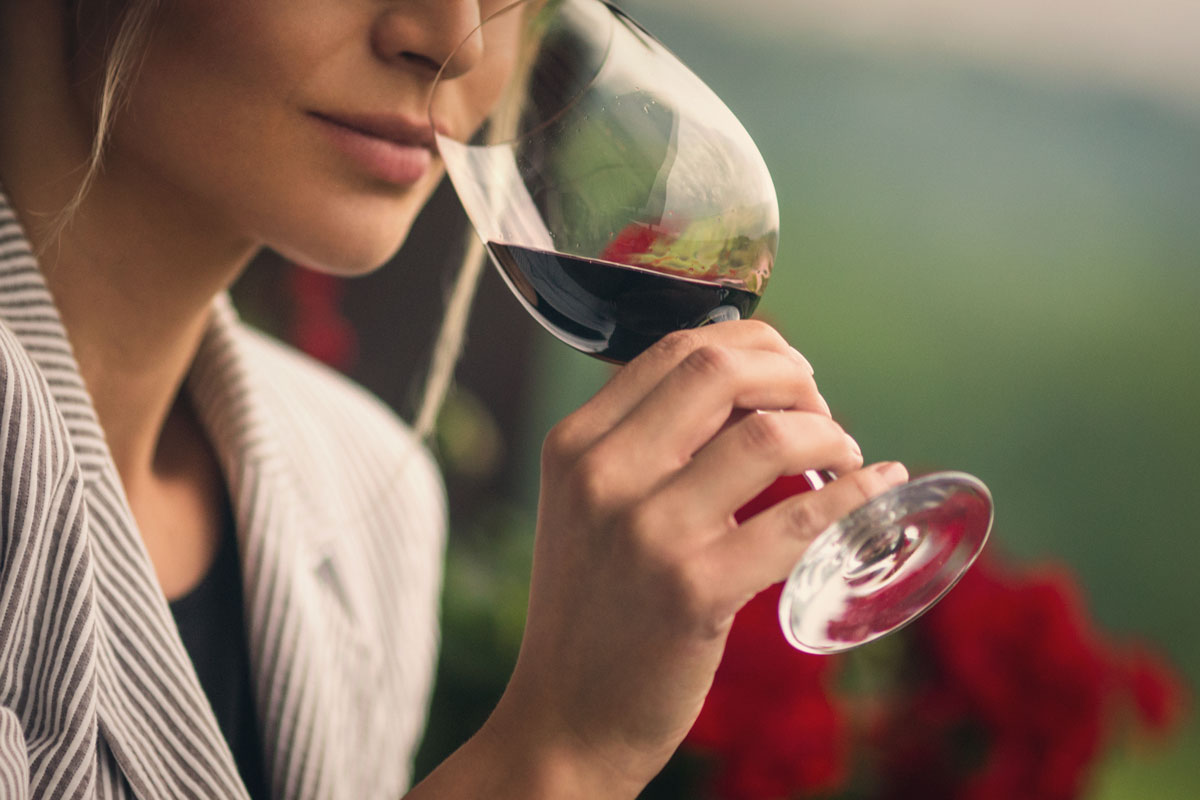History is full of wine romantics. From Cleopatra to Sinatra, vino has a storied history, made more alluring over the centuries by the damaged archangels that have sipped it.
But neither England’s new romantics (see: Coleridge) nor Hollywood’s latest batch of celebrities, nor Tyrion from Game of Thrones, nor even Lebron and his King-like drinking habits can hold a candle to the mass delusion everyday people around the world (read: us) still believe about grape juice.
That delusion? Wine is made to be aged.
That’s right: you’ve probably been wasting space in your cellar and NakedWines Australia is here to explain why.
Taking to Twitter, the online wine seller dropped the following bomb earlier this year.
Did you know 99% of wine should be consumed the day you buy it or shortly after. ⁰🍾
The reason we cellar wines is because many wines get more interesting with age, developing new flavours and textures.
Grab a case of Naked Aged Reds via the link – https://t.co/a9G4VynfHE pic.twitter.com/NEWQ5XENiX
— NakedWines Australia (@NakedWinesAus) May 28, 2021
“Did you know 99% of wine should be consumed the day you buy it or shortly after?”
“The reason we cellar wines is because many wines get more interesting with age, developing new flavours and textures.”
A convenient thing for a vino purveyor to point out? Absolutely. Wrong? The ratio of high-quality to low-quality wine in your local bottle shop can probably answer that for you.
What is up for debate, however, is the word “shortly.”
As Moravin (a website run by a former chef and current wine seller) explains, “There is a common misconception, that all wine will continue to improve with age. But, in fact, most experts agree that only 5-10% of all wine will improve with more than 1 year of aging and only 1% of all wine improves with more than 5 years of aging.”
“This means that 99% of all wine we buy is meant to be drunk right now. This doesn’t mean that the wine will expire. But, you shouldn’t purposefully age it, because you won’t be gaining any benefit from waiting.”
“When we say a wine is meant to be drunk now, we mean it is intended to be consumed within 1 to 5 years or so of buying it,” (Moravin).
“After that time, the wine can actually start to deteriorate and lose many of the qualities that made it so delicious.”
RELATED: Australian Wine Snob Learns Important Lesson After Committing ‘Ultimate Barossa Valley Sin’
Well, there goes the romantic myth we all (I’m not alone, am I?) believe as we pull our $25 bottles of wine out from the pantry 6 months after buying them, then patting ourselves on the back for being low-key connoisseurs…
Spoiler alert – it will probably taste exactly the same as when you bought it! Or, if it’s been exposed to heat, worse.
RELATED: The Difference Between An $800 & An $80 Bottle Of Red Wine
Don’t lose hope though. This is just yet another excuse to get the corkscrew out (or buy more expensive wine). A win for everyone but your wallet. And in case you hadn’t heard, in 2021, money is free...
If you are interested in knowing exactly which wines are best for aging, Vintec explains it well:
“As a general rule, light wines like Pinot noir, Grenache and Mourvedre have a lifespan shorter (closer to the ten year mark) than the heavier shiraz, cabernet and merlot (can be kept for ten to twenty years, or even fifty or more for the best ones).”
Moravin has a few more useful insights along the same lines.
“Unlike [young wines], the red wine of aging, after the fermentation process, is left to rest in a wooden barrel for a year or so. After spends at least a year stored in the barrel, it is bottled and left to age a couple of years, approximately. Typically, it is a wine that will go on sale from the third year of life,” (Moravin).
“In Spain for example, wines labeled with ‘Reserva’ must be aged for 3 years with a minimum of 6 months of that time in oak barrels.”
Salud!
